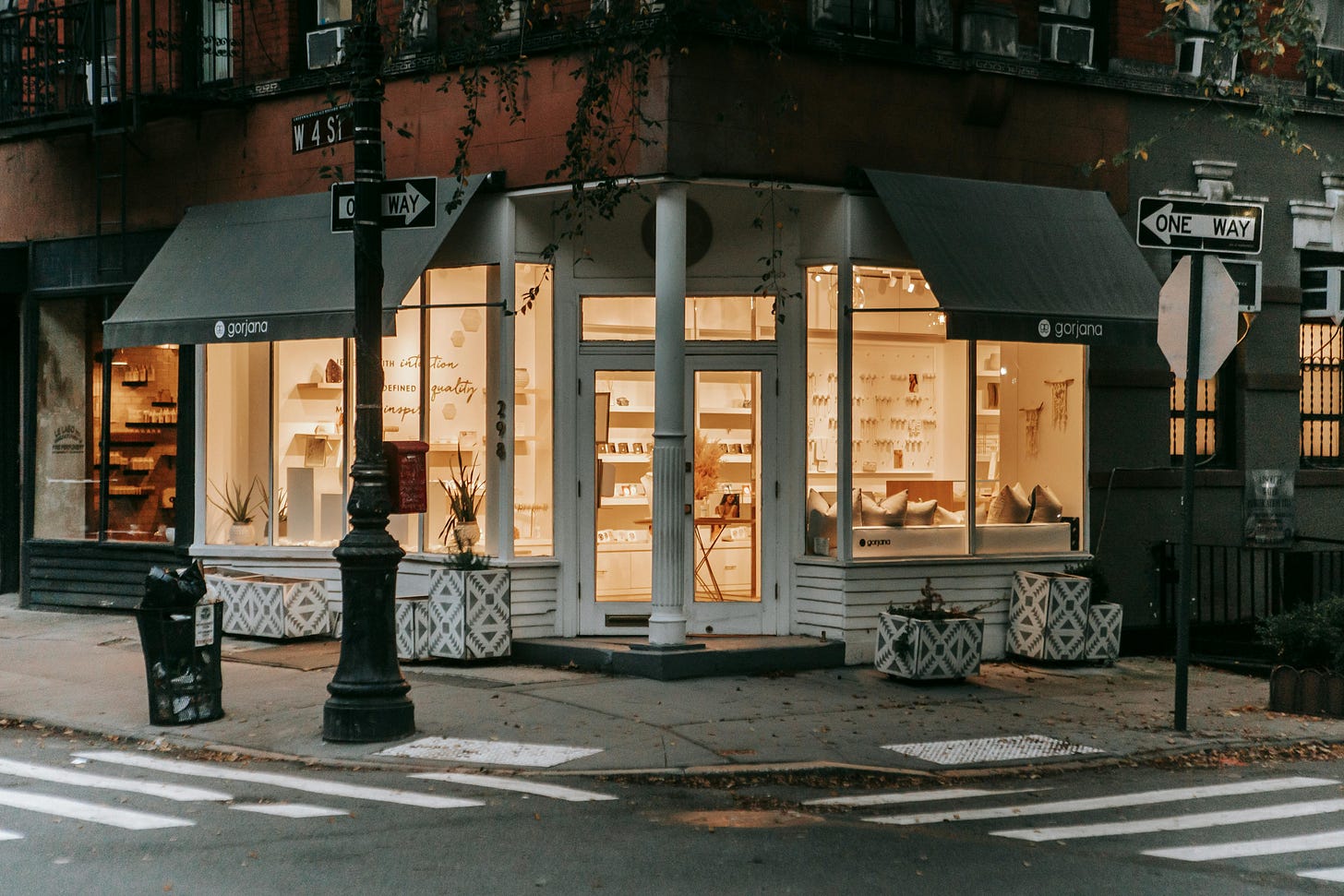Why Inequality Shapes Our Cities
What Gentrification Really Means
Edward Glaeser’s book Triumph of the City highlights the importance of cities as hubs of innovation and economic efficiency. Cities bring together people from diverse backgrounds to live, work, and create in close proximity. This density fuels growth, but it also means that some cities flourish while others struggle to reinvent themselves. As industries rise and fall, great cities, and their people, adapt to market shifts.
Over time, every city faces challenges. Buildings age, infrastructure deteriorates, and crime may rise in certain neighborhoods. In response, city leaders often turn to redevelopment as a strategy to attract new residents and investment. Yet not all redevelopment is created equal. Done poorly, it can divide communities and displace the very people who make a city vibrant in the first place.
This is where gentrification enters the story. First defined by sociologist Ruth Glass in the 1960s, gentrification is the process by which wealthier households move into lower-income areas. While it can bring new amenities and investment, it also raises housing costs, reshapes local culture, and often pushes out long-time residents, the very people who gave the neighborhood its character.
A new article by T. M. Tonmoy Islam, Associate Professor of Economics at Elon University, deepens this conversation. In "The Effect of Income Inequality on Gentrification in U.S. Urban Counties" (2025), Islam finds that rising income inequality is directly linked to increasing rates of gentrification across American cities.
Here’s why that matters.
The Double-Edged Sword of Development
City leaders often welcome gentrification because it revitalizes downtowns, boosts tax revenues, and attracts new businesses. On the surface, that sounds like progress. However, Islam suggests that development is more likely to occur after income inequality increases. This may lead to more low-income individuals having to relocate further out, often to neighborhoods with fewer job opportunities, longer commutes, and limited access to amenities.
Why Income Inequality Is Central
Islam’s research indicates that when the incomes of the richest 5–20% of residents increase, gentrification tends to accelerate. Rising wealth at the top fuels investment in housing and amenities that make urban centers more desirable. But when lower-income households gain a slightly larger share of income, gentrification doesn’t follow.
Designing Cities for People
The lesson for policymakers and community leaders is straightforward: if city development is left to inequality-driven forces, the benefits will concentrate at the top while the costs are borne by those least able to afford them. Cities thrive not only on capital investment but also on human interactions. A sustainable strategy should focus on supporting both urban growth and the workers who sustain it.
The Bottom Line
Economic development isn’t just about attracting wealth; it’s about ensuring that growth is shared. Sustainable urban development requires being intentional about how income is distributed and how opportunities are created across the income spectrum.
That means aligning housing with incomes, expanding public transportation, and investing in education. Those are the building blocks and foundations of complete cities. Thriving cities depend not only on new buildings, but on the well-being of the people who live in them and the workers who drive the economic activity we all depend on.
What cities do you think are getting this right….or wrong? Share examples from your community or others you’ve seen. Your perspective will help us better understand what sustainable, inclusive city development really looks like in practice.
Related Articles




Antowan and Jordan are both right. Gentrification is a remedy for all the negative historical economic effects of redlining, such as bad education from underfunded tax income, few jobs because of lack of high-skilled potential employees, high crime due especially to unemployed young men trying to make an income somehow, poor health care due to few skilled health care professionals wanting to work in poor areas plus also lack of tax funding, high levels of environmental pollution, food deserts, and on and on. The remedy is and must be integration -- both racial, but also and increasingly integration of people with varied income levels. What you do is tax the upper-income groups, and use the money to directly subsidize the housing of lower income people with vouchers that, critically, must be possible to use anywhere in the city. The second use of the tax money would be to improve schools.
Great article.
I wonder what role remote work has played here. Of course, WFH has decreased in the past couple of years, but I imagine it led to gentrification of smaller, rural/suburban areas. In that sense, I imagine the positives are more likely to outweigh the negatives, and cities are even taxing those who WFH outside the city limits.